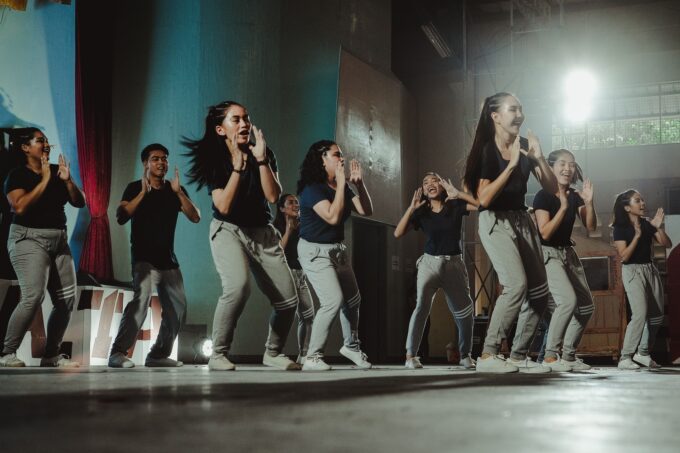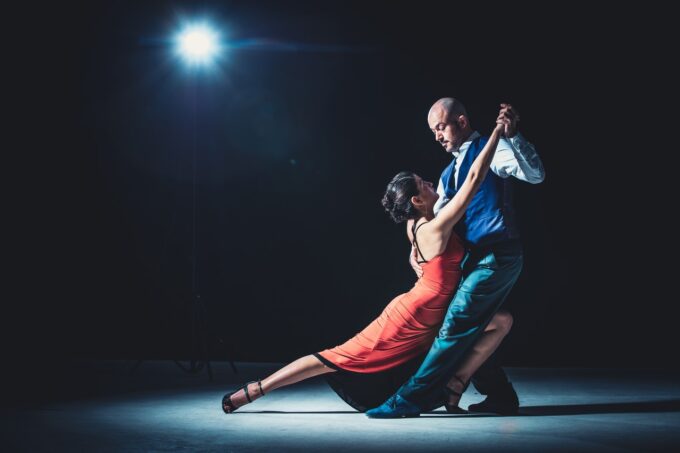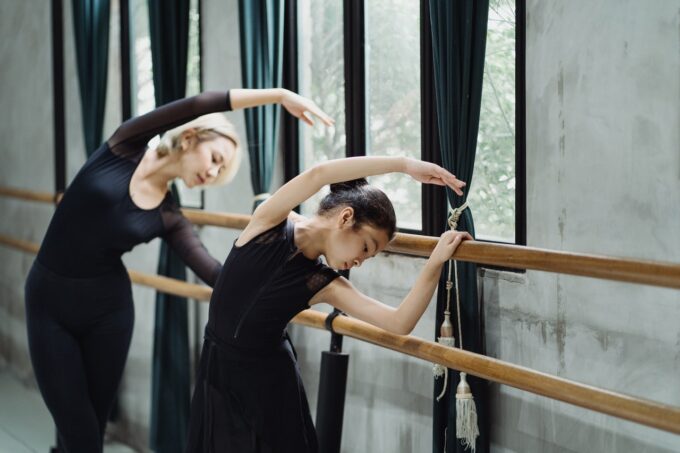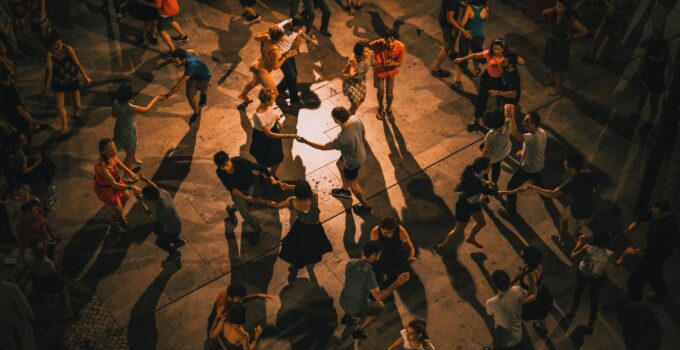The fast way of life of modern man shapes and changes not only the body but also our abilities. We try to do as many jobs as possible, and in professional work, even in our spare time, we’re too lazy or barely find time for a walk. There are also cars and public transport, which make our lives easier for sure, but also reduce physical activity. We rarely listen to our bodies. We do that only when we feel pain, and that’s not a good way of behavior. Our body was created for movement. Movement is our connection, spirituality, the greatest intimacy.
Exactly all this is combined in the dance. Dance and music occupy a very important place in human history and development itself. The benefits of dance lie in its multidimensionality, and with it we have fun and relax at the same time. As we dance, we balance physical and mental well-being in the best possible way. In addition to the body moving spontaneously following the rhythm, this movement activates the entire neurological network and thus stimulates the work of all brain structures.
Among the long list of benefits that dance offers, one stands out, which we neglect by performing automatically, more or less the same actions every day. Dancing has a very positive effect on our motor skills.
What are motor skills?

Source: unsplash.com
With the help of motor skills we daily do many tasks. Motor capabilities are a set of abilities with which we correctly and efficiently perform movements or stay in a certain position. Motor abilities are determined by a genetic factor, but our physical activity can shape and change them. By practicing and repeating certain motor movements, they influence the reshaping of our motor abilities.
Individual development is very important for the evaluation of motor skills. These include: proper posture, movement, as well as coordination in performing several different activities. It is very important to start motor skills learning as soon as possible, because they develop best in working age. Motor skills include: strength, speed, mobility, coordination, precision, balance and agility.
Dance and motor skills
Motor skills and dance are interconnected and conditioned. Through dance, we acquire special movement skills that we cannot learn in everyday life. This process of acquiring skills is motor learning. Dance and motor learning aims at the completeness and precision of the movement with a special purpose: to improve the smoothness, coordination and accuracy of the motion. Simply, improve the overall quality of movement performance.

Source: pexels.com
To explore in detail how dancing affects motor skills, we inquired and received an Adelaide dance lesson at Quicksteps. We learned that poles develop motor skills through multiple stages. It primarily refers to the development of attention and perception of the demonstrated movement. This is followed by a repetition of the demonstrated movement, then time for your performance and finally the feedback.
The dance class mostly starts with the instructor giving us information and mentally preparing and concentrating us. After that, the instructors demonstrate step by step and explain their movement combination. This is how the process of mechanical learning begins – with attention and perception. By observing the instructor as he shows movement, we awaken the past experience and connect it to the present. After that, we organize the current experience and mentally prepare for the movement. These are processes that take place in our heads more or less unconsciously. Precisely because of this, on the first song beats with which we practice the dance, our body itself begins to move and a desire is created to perform the movement.

Source: pexels.com
Memories of the movement are not just what we have seen or heard. Muscles, bones, joints also have the power of memory, and they also send information to the brain and evoke memories of movement. We have acquired the ability of our perception by inheritance, but by persistent exercise and how we can influence them. These include a sense of rhythm, coordination of movements, sense of space, balance control, etc.
After careful observation, we try to perform what we have just seen and processed in our brain. How well we will imitate what we have seen depends on personal characteristics, but to a large extent also on the way we present ourselves. In trying to apply what is demonstrated, movements are coded in our minds. They remain written down. The more times we repeat a movement or combination of movements, the more they have been memorized. Physical creation, ie execution of movement, is preceded by mental recollection. The stronger it is, the better the physical coordination is. The moment our memory absolutely accepts a movement, not only remembers it, then we can say that the process of motor learning of a given movement is complete. Learning movements is followed by learning their combination and order. This is a much more complicated action and requires full attention and brain activity.

Source: unsplash.com
As we have already mentioned above, although motor learning depends on individual skills and genetics, the way the movement is presented also plays a very important role. That is why it is very important to find out and understand which type you are: more visual, verbal or kinesthetic. This way you become aware of what your learning strategies are. When you get to know yourself this way then you also choose the instructor who suits you. Not every instructor is for every dance participant. Motor learning relies on observation even when it comes to mistakes. If you often make the same mistake and are unable to overcome it yourself, be careful. Observe your peers or more advanced members of the dance club. Observe how they overcome the mistakes you make. Observation alone will be a great starting step in overcoming it. Mistakes are an integral part of every learning process, and overcoming them guarantees progress.
Although it begins with perception and ends with replication, motor learning through dance is not just an imitation of what we have seen. Dancing gives us freedom and spontaneity. Through dance we get rid of stress and move into the dimension of art. Learning skills in spare time is much easier and more effective. Dancing and learning motor skills through dance is of inestimable importance especially for children. During this period, they learn and adapt much easier, and if they then acquire a motor skill, they will have it throughout their lives. It is much easier for children to adopt new skills than for adults. To progress and learn, it is very important to ask ourselves the question: which style of dance and method of learning suits us best.







